Inspection and Maintenance Manual
Table of Contents
- Contents
- General Information
- Engine
- Power Train
- Steering System
- Brake System
- Work Equipment System
- Electric and Electronic System
- Additional Components
Inspection Protocol for Part Assessment
Ensuring each mechanical component functions flawlessly is crucial. Our rigorous inspection protocol is designed to detect potential issues early. Below are the guidelines:
Visual Inspection Guidelines
- Before beginning, ensure all parts are thoroughly cleaned.
- Inspect for visible damages such as cracks, pitting, corrosion, scoring, and ridging.
- Identifying the source of failures can guide preventive actions and provide practical advice for customers to mitigate future issues.
Note: Visual checks may miss subtle or hidden damages; additional testing might be necessary.
Advanced Inspection Methods
- Water-pressure or air-pressure tests can be employed for detecting leaks or weaknesses.
- Cold checks or magnetic damage tests are recommended for thorough analysis.
Specific Defects and Solutions
Crack Detection and Management
- If cracks are visible, consider replacing the part.
- Replace parts if crack length or depth surpasses one-third of the part’s thickness.
- Internal cracks warrant component replacement.
Pitting Examination and Remedies
Pitting from Cavitation
- Cavitation often coexists with chemical corrosion. Post rust or scale removal, evaluate pitting depth meticulously.
- If pitting is irreparable within tolerable limits, part replacement is necessary.
- For minor pitting, resurface after rust and scale removal.
Pitting from Surface Wear
- Replace ball bearings if pitting is present.
- Parts with over one-third pitted contact surface should be replaced.
- Minor pitting warrants resurfacing of the component.
Conclusion
Proper maintenance and timely inspections are key to long-term functionality and safety of mechanical systems. Adhering to these guidelines will ensure maximum efficiency and longevity.
Only logged in customers who have purchased this product may leave a review.
Related products
$33.50
$27.50

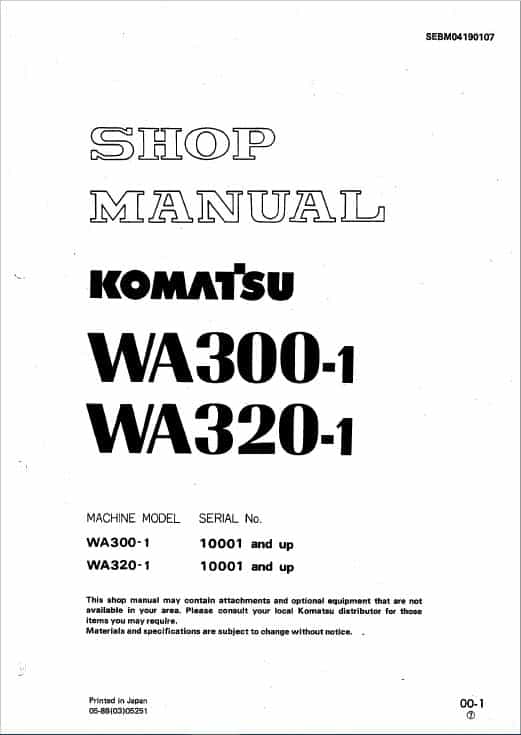
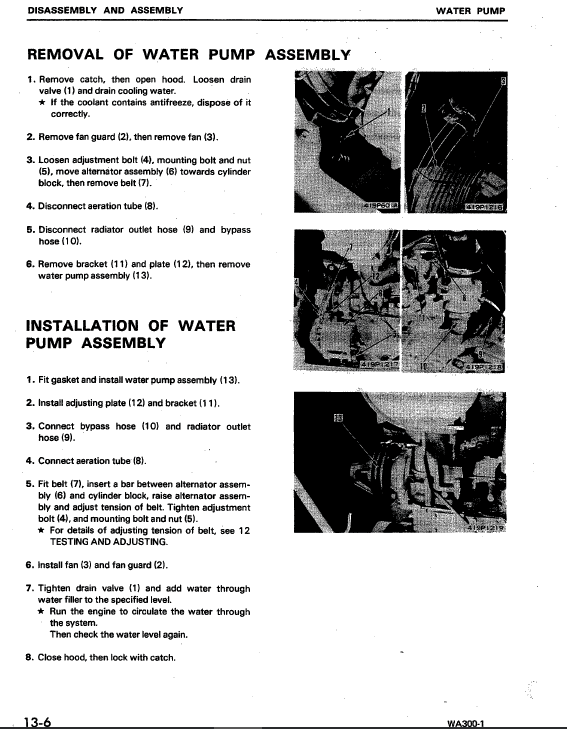
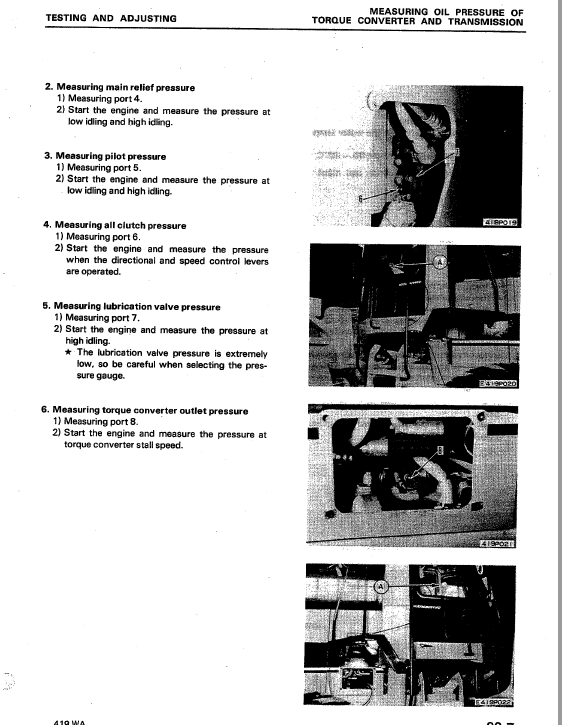
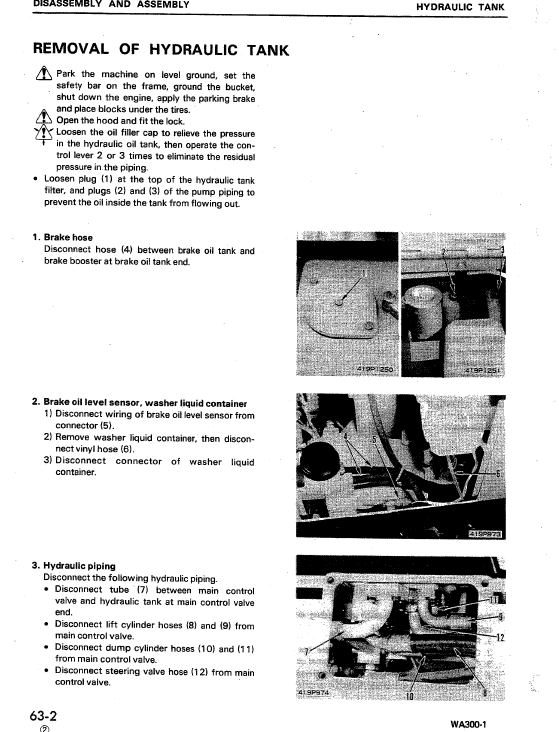
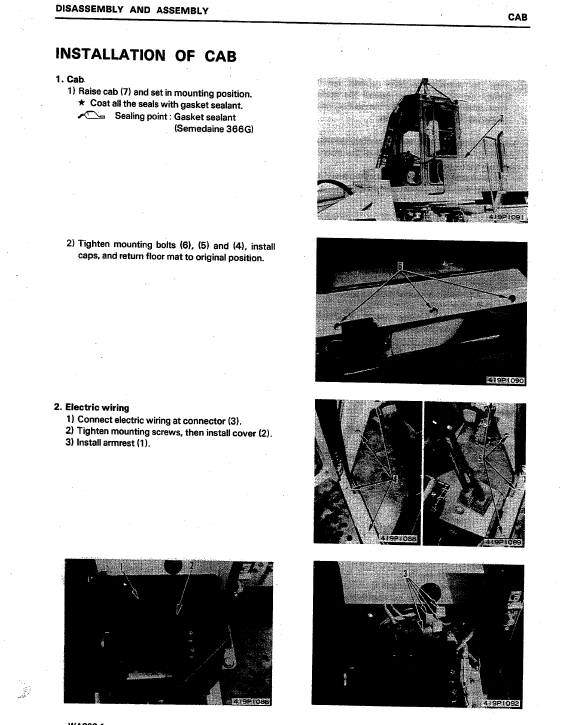

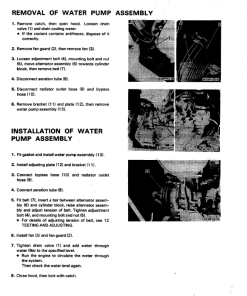
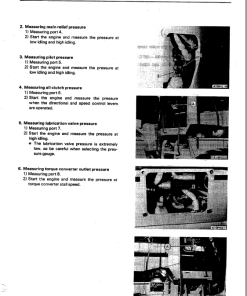
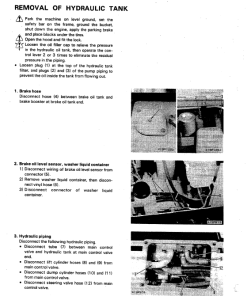
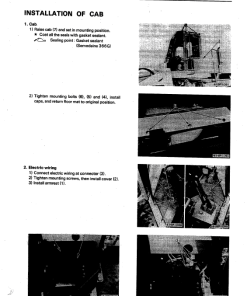
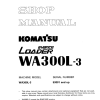
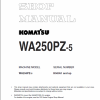
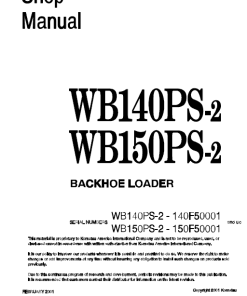
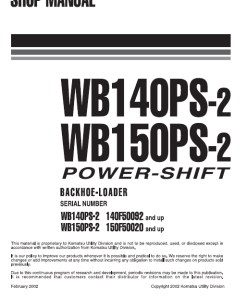
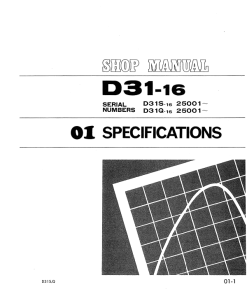
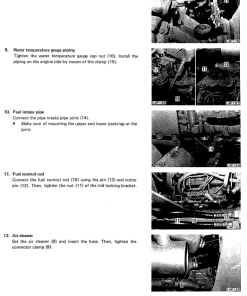
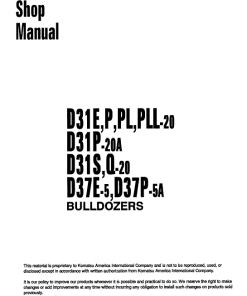
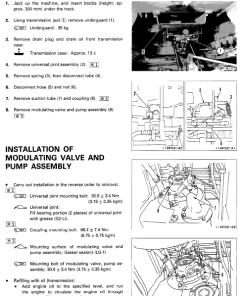

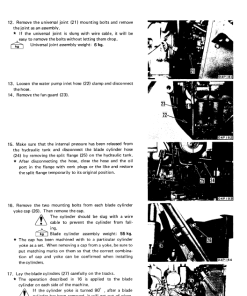
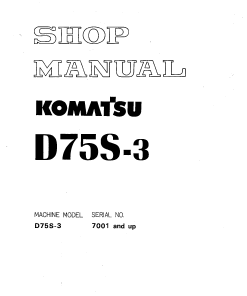
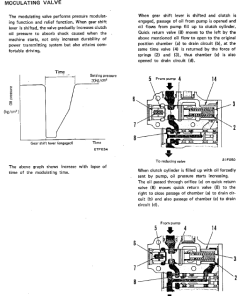
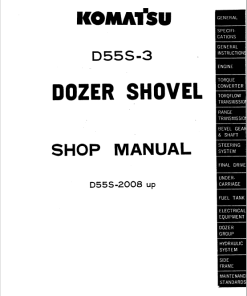
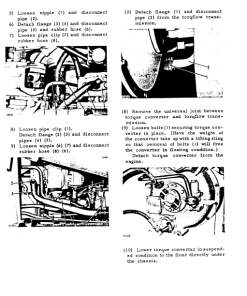
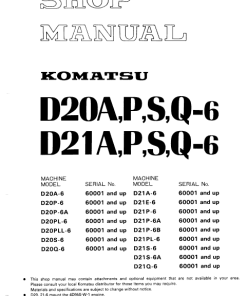
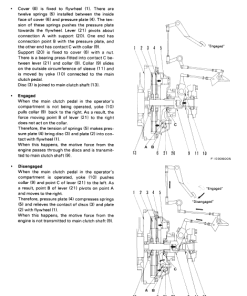
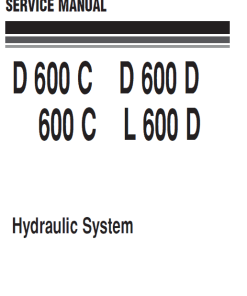
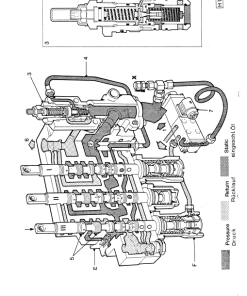
Reviews
There are no reviews yet.